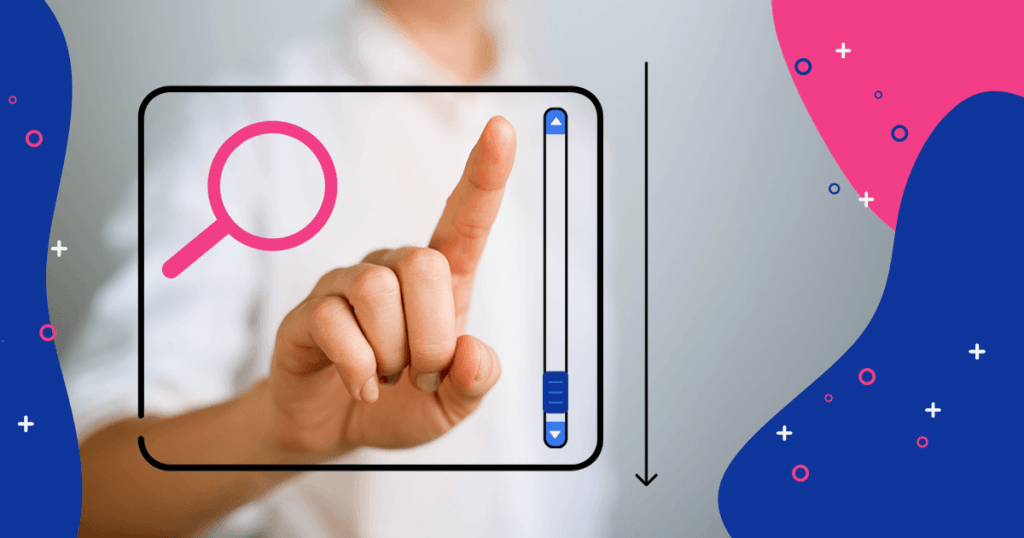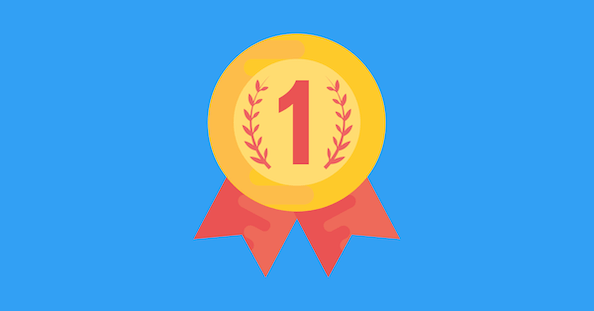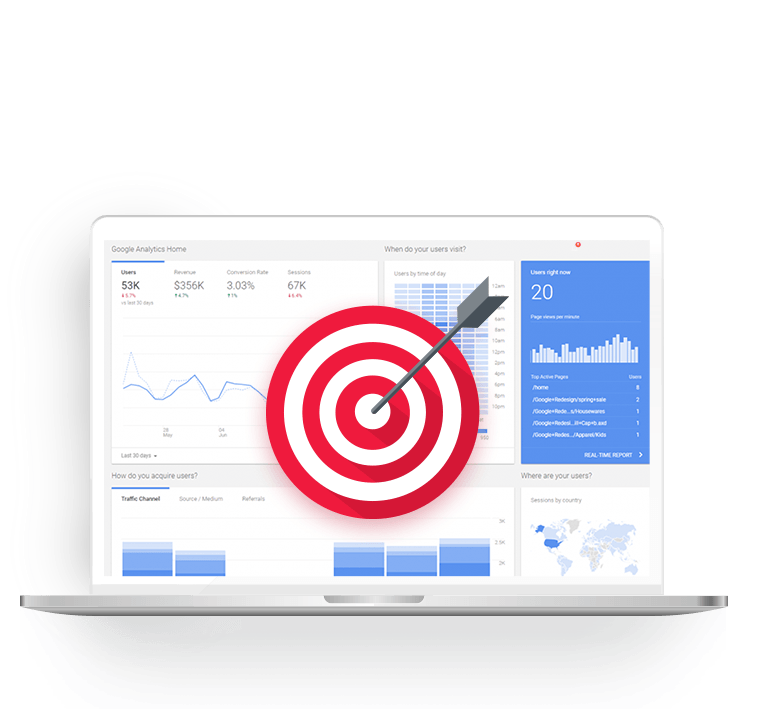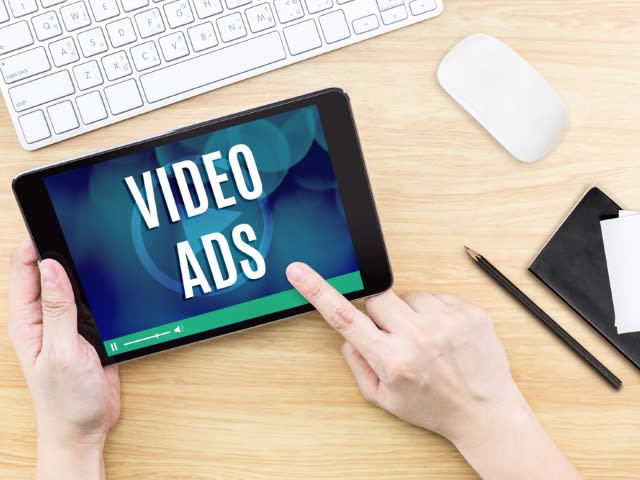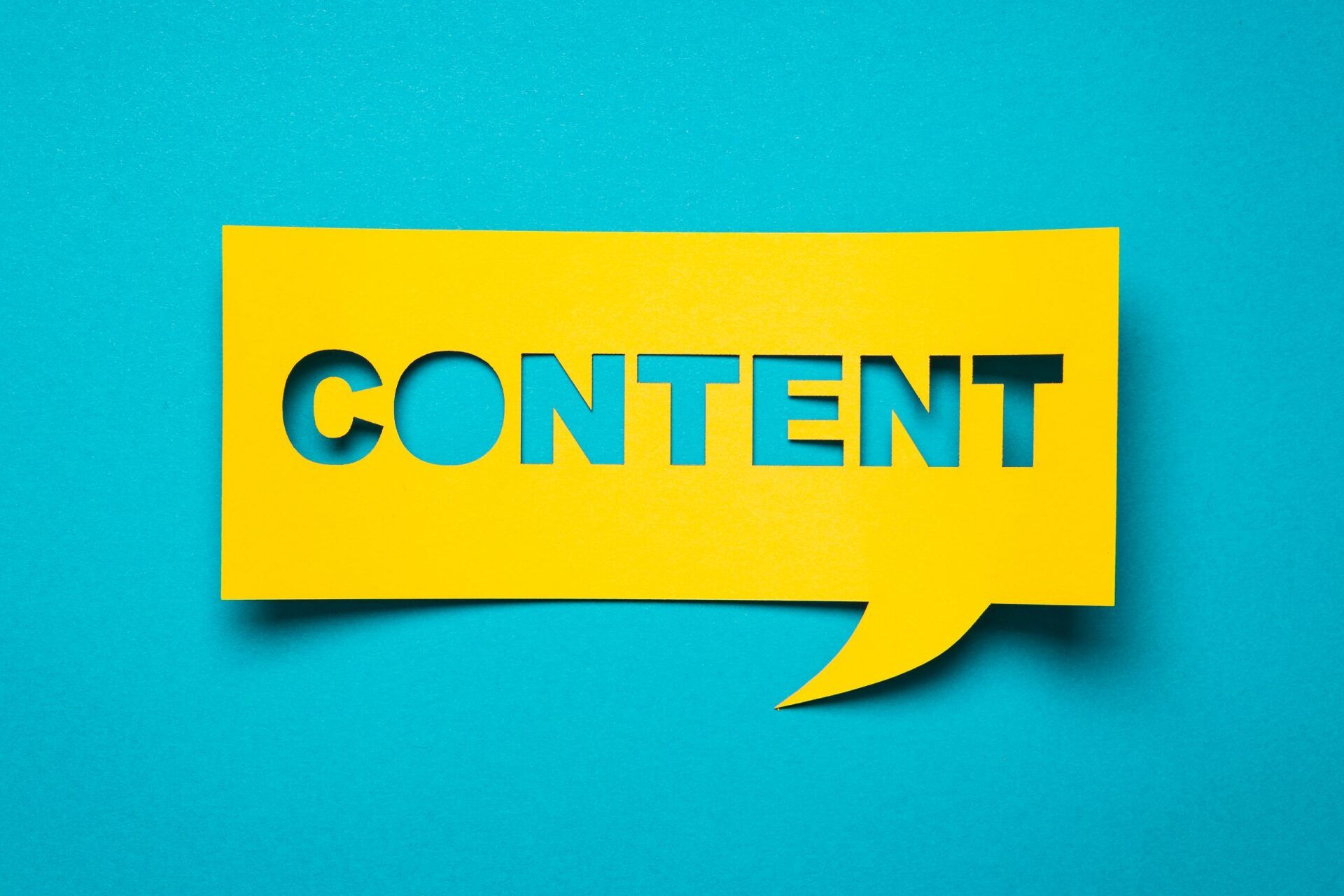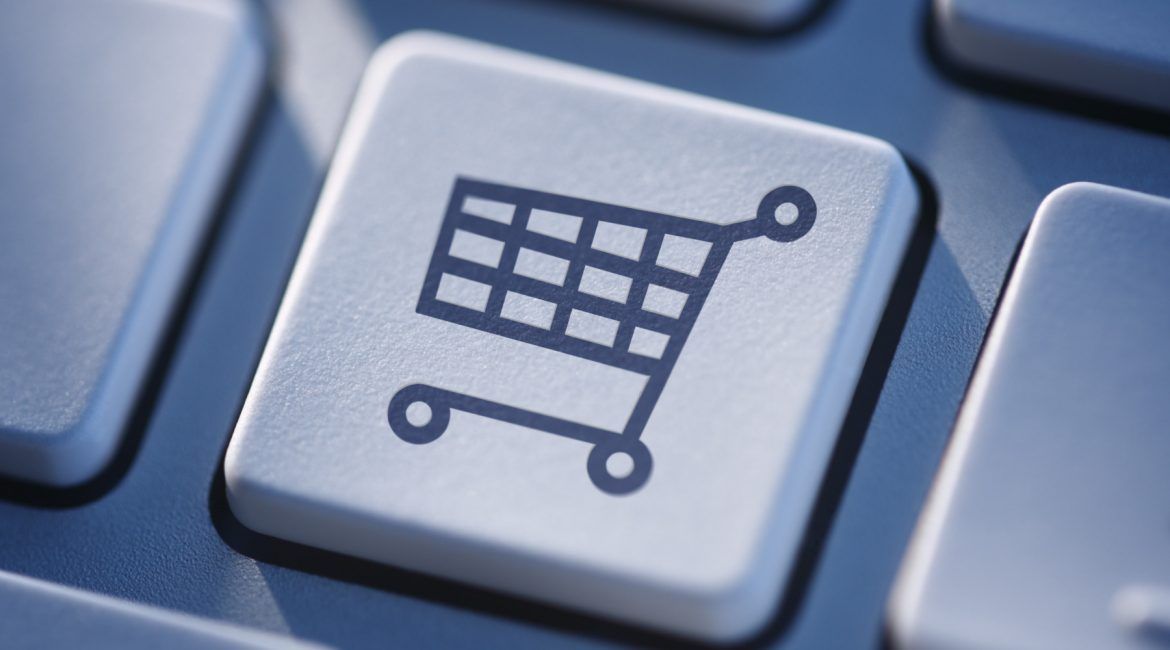Instagram vs Pinterest Ad Platforms
- By Joe Wozny
- •
- 08 Dec, 2020
When to Use - How do they Compare?
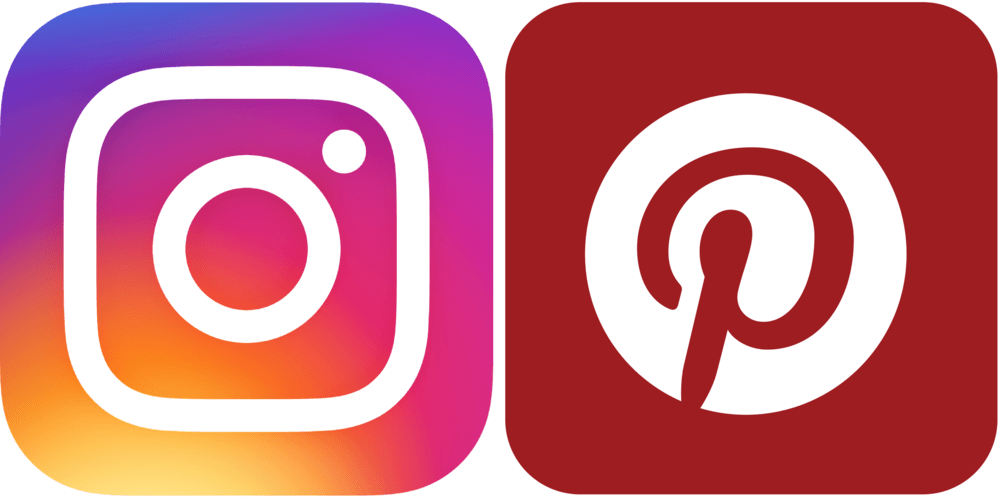
How do Pinterest and Instagram compare in terms of product discovery and conversions. Which is best for you? This detailed comparison will assist you with your choices.
Traditionally, advertisers chose Instagram as a platform of choice, over Pinterest when considering discovery focused advertising campaigns. To assume that Instagram is the best platform does not paint the whole picture. Consider these statistics about Pinterest a) 72% of users are inspired to shop on Pinterest even when they have nothing in mind and b) Two-thirds of users buy products after seeing Pins from brands.
Platform - Pinterest is used for visual sharing of images to personal bulletin boards and to create micro-communities and an atmosphere within each niche. Instagram is similar to Pinterest, except with a heavy focus on imagery rather than boards, long-form videos, and other types of content. Pinterest has business tools for those who want to share and promote content. Instagram allows brands to build a following, run competitions. Both services also have ad platforms.
Purpose - Pinterest focuses on distributing and discovering. Instagram focuses on promoting and sharing. Although they both share the common factor of being image-based, users on Pinterest expect to be able to dig deeper than an image. They see a picture of a delicious meal, and they expect a recipe attached. With Instagram, the image is the focus featuring aesthetics and brand lifestyles.
Audience - Instagram has four times as many users as Pinterest. Both are strong within the 18 to 35 market. There’s more 55+ aged users on Pinterest and the average user earns over two and half times that of the average Instagram user ($75k compared to $30k). Eighty percent of Pinterest users are women vs 68% on Instagram.
Device - Pinterest was originally based on desktop but has recently made the jump across to mobile. With the infinite scrolling newsfeed, Pinterest works well on mobile. That being said, they still have a huge audience on desktop. Instagram has very little presence on desktop.
Hashtags - Instagram hashtags are incredibly valuable for product discovery when users follow hash tags. Pinterest pins already have labels and categories so hashtags are not as valuable - they essentially act as a filing system.
Shopping Features - Instagram’s product tags and Shop buttons allow users to check pricing and reach the checkout stage directly. Pinterest Lens is an innovative feature where users take a picture (or access the camera roll) and get relevant items shown based on what’s available on the platform.
Ads - Instagram offers Stories ads, video, photo and carousel ads. Pinterest offers carousels, pins, video pins and app pins - click here for details. You must be in the USA to advertise on Pinterest.
Bottom Line: Each of these platforms requires a concerted platform content plan to be effective. Extending your product listings on your eCommerce site to Instagram is an effective way to sell directly online. If you are in any country outside of the USA, Pinterest is an organic opportunity only.
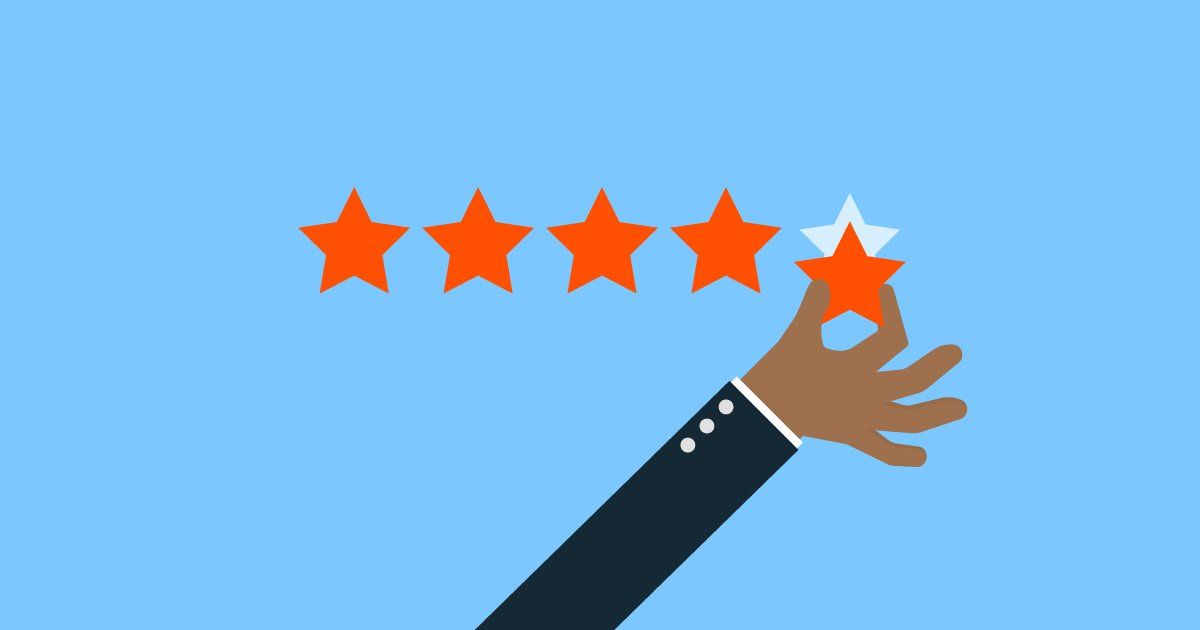
Partners and Advertising Networks

Partners and Advertising Networks

-
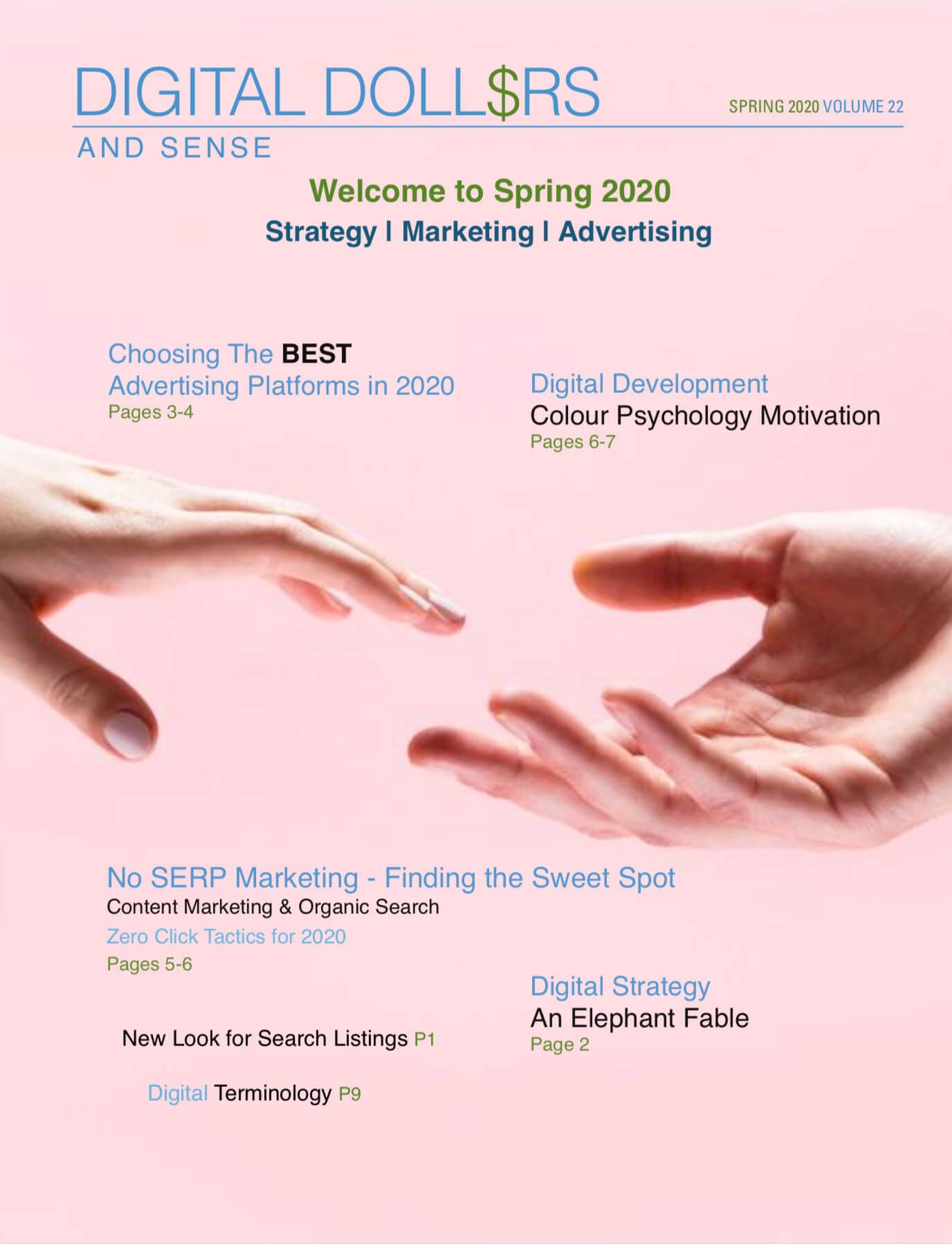
Slide title
Write your caption hereButton -

Slide Title
Write your caption here
Button -
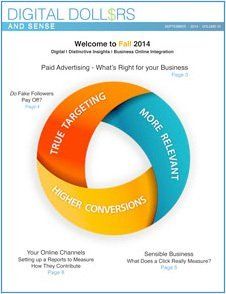
Slide Title
Write your caption here
Button -
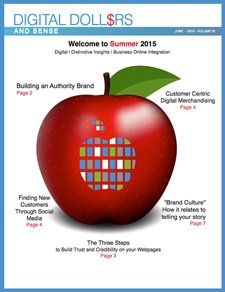
Slide Title
Write your caption here
Button -
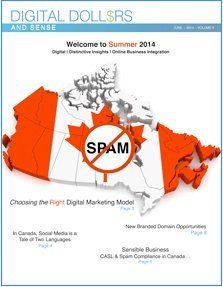
Slide Title
Write your caption here
Button -
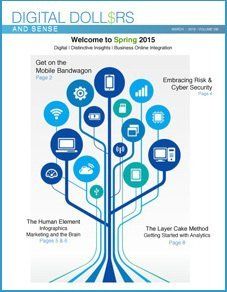
Slide Title
Write your caption here
Button -
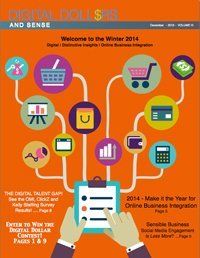
Slide Title
Write your caption here
Button -
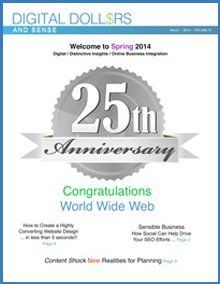
Slide Title
Write your caption here
Button -
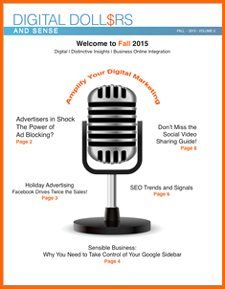
Slide Title
Write your caption here
Button -
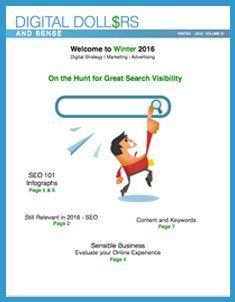
Slide Title
Write your caption here
Button -
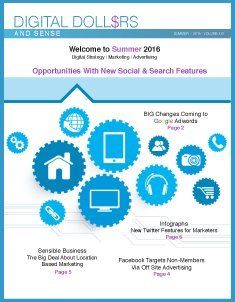
Slide Title
Write your caption here
Button -
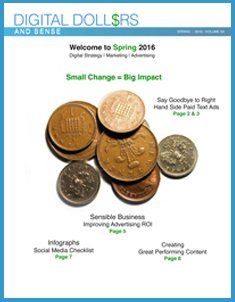
Slide Title
Write your caption here
Button -
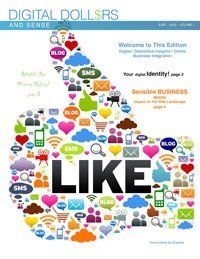
Slide Title
Write your caption here
Button -

Slide Title
Write your caption here
Button
-

Slide title
Write your caption hereButton -

Slide Title
Write your caption here
Button -

Slide Title
Write your caption here
Button -

Slide Title
Write your caption here
Button -

Slide Title
Write your caption here
Button -

Slide Title
Write your caption here
Button -

Slide Title
Write your caption here
Button -

Slide Title
Write your caption here
Button -

Slide Title
Write your caption here
Button -

Slide Title
Write your caption here
Button -

Slide Title
Write your caption here
Button -

Slide Title
Write your caption here
Button -

Slide Title
Write your caption here
Button -

Slide Title
Write your caption here
Button
-

Slide title
Write your caption hereButton -

Slide Title
Write your caption here
Button -

Slide Title
Write your caption here
Button -

Slide Title
Write your caption here
Button -

Slide Title
Write your caption here
Button -

Slide Title
Write your caption here
Button -

Slide Title
Write your caption here
Button -

Slide Title
Write your caption here
Button -

Slide Title
Write your caption here
Button -

Slide Title
Write your caption here
Button -

Slide Title
Write your caption here
Button -

Slide Title
Write your caption here
Button -

Slide Title
Write your caption here
Button -

Slide Title
Write your caption here
Button


